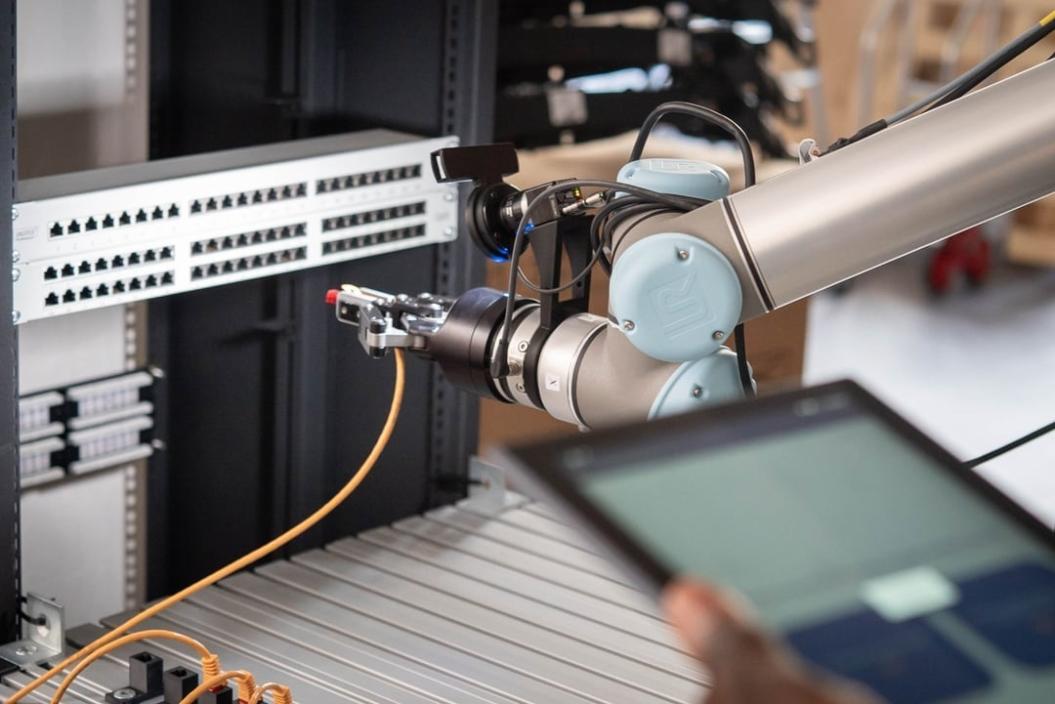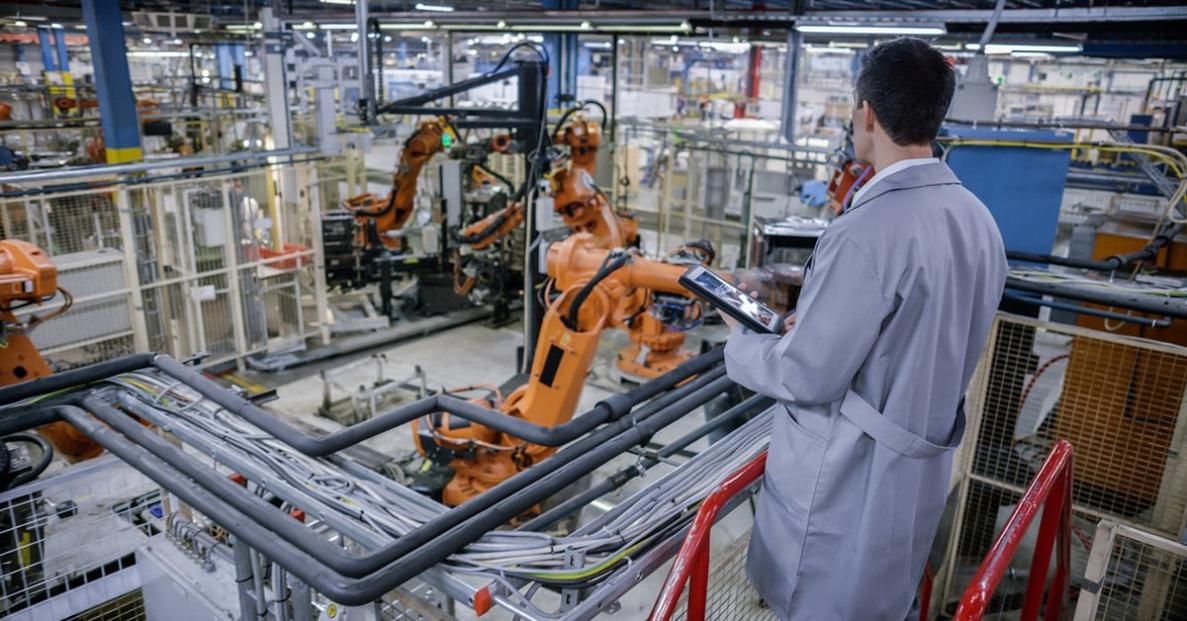How Can AI-powered Manufacturing Improve Efficiency and Productivity?
The manufacturing industry is undergoing a significant transformation driven by the rapid advancements in artificial intelligence (AI). AI-powered manufacturing, also known as Industry 4.0, promises to revolutionize production processes, enhance efficiency, and boost productivity. This article explores the benefits, key technologies, and challenges associated with AI-powered manufacturing, providing insights into its potential to reshape the industry.

Benefits Of AI-Powered Manufacturing
- Increased Efficiency through Automation and Optimization:
- Improved Productivity through Data-driven Insights:
- Enhanced Quality Control through AI-powered Inspection:
AI-driven robots and machines can perform repetitive tasks with greater precision and speed, leading to increased efficiency and reduced production time. AI algorithms can analyze data and optimize production processes, minimizing downtime and waste, and maximizing resource utilization.
AI can collect and analyze vast amounts of data from sensors and machines throughout the manufacturing process. These insights can be used to identify bottlenecks, optimize resource allocation, and make informed decisions, leading to improved productivity and overall performance.

AI-powered vision systems can inspect products with greater accuracy and consistency than human inspectors, reducing defects and improving product quality. AI algorithms can be trained to detect even the smallest imperfections, ensuring high-quality products and minimizing the risk of recalls.
Key Technologies Driving AI-Powered Manufacturing
- Machine Learning (ML) and Deep Learning (DL):
- Robotics and Automation:
- Industrial Internet of Things (IIoT):
ML algorithms can learn from data and make predictions, enabling AI systems to adapt and improve over time. DL algorithms can process complex data, such as images and natural language, making them suitable for tasks like visual inspection and quality control.

Robots equipped with AI can perform a wide range of tasks, from welding and assembly to packaging and palletizing. AI-driven automation systems can optimize production processes and reduce the need for human intervention, leading to increased efficiency and productivity.
IIoT devices collect data from machines and sensors throughout the manufacturing process. This data can be analyzed by AI algorithms to provide insights and improve decision-making. IIoT enables real-time monitoring and control of production processes, allowing for quick adjustments and optimizations.
Challenges And Considerations
- Cybersecurity Risks:
- Ethical Concerns:
AI systems can be vulnerable to cyberattacks, which can disrupt production and compromise sensitive data. Manufacturers need to implement robust cybersecurity measures to protect their AI systems and ensure the integrity and security of their operations.
The use of AI in manufacturing raises ethical questions, such as the potential impact on jobs and the responsibility for AI-related decisions. Manufacturers need to address these concerns and develop ethical guidelines for the use of AI in manufacturing, ensuring that AI is used responsibly and for the benefit of society.
AI-powered manufacturing has the potential to revolutionize the manufacturing industry, driving significant improvements in efficiency, productivity, and quality. By leveraging key technologies such as ML, DL, robotics, and IIoT, manufacturers can gain valuable insights, optimize production processes, and enhance product quality. However, it is crucial to address cybersecurity risks and ethical concerns associated with AI to ensure the responsible and sustainable adoption of AI in manufacturing. As AI continues to advance, the future of manufacturing looks promising, with AI-powered systems enabling factories to operate with greater efficiency, productivity, and innovation.
YesNo

Leave a Reply